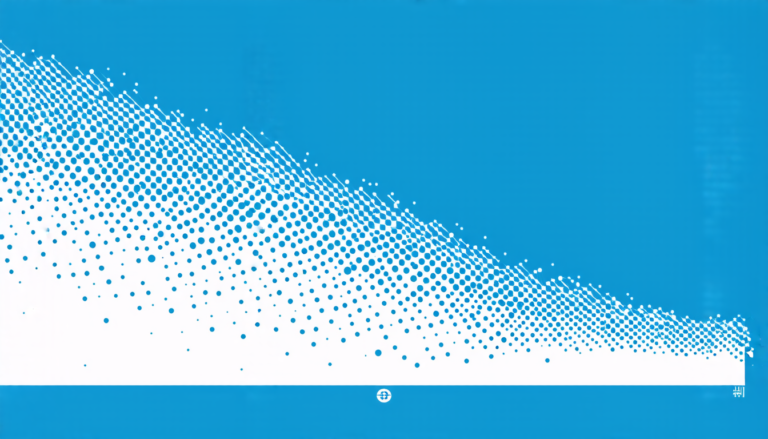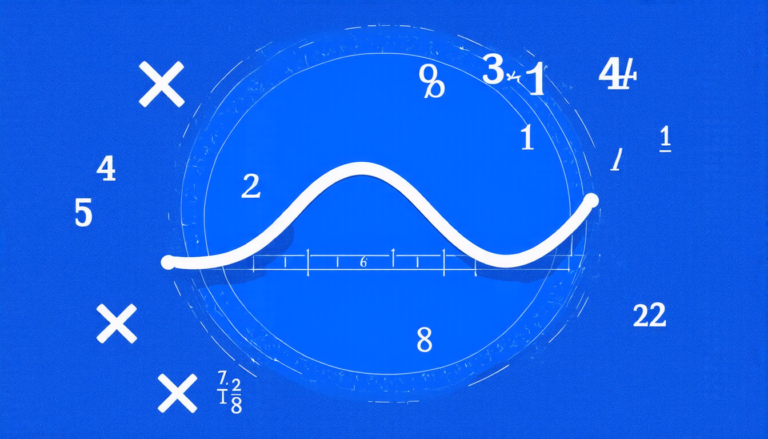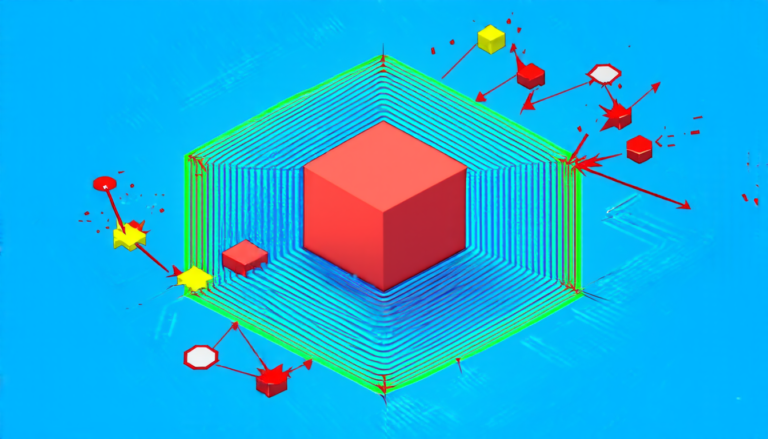Wednesday 16 April 2025
Mathematicians have been trying to crack the code of group theory for decades, and a new paper has shed light on one of its most stubborn mysteries: the double cosets of the symmetric group.
Group theory is a branch of mathematics that studies the symmetries of objects. It’s like trying to figure out how many ways you can arrange a deck of cards without changing their order. The symmetric group, in particular, is a collection of all possible permutations of a set of objects – think of it as an infinite library of card shuffles.
In this paper, the authors tackle the problem of counting the number of double cosets of the Sylow p-subgroup of the symmetric group Sn. A double coset is essentially a way to partition the elements of a group into distinct categories based on their properties. Think of it like dividing a deck of cards into piles based on the suits and ranks.
The authors use a clever technique called the Burnside process, which involves taking a random walk on the symmetric group and counting how many times each element appears. It’s like playing a game of chance, where you shuffle the cards and then count how many times each card shows up in your hand.
The results are surprisingly simple: for most values of p, there is only one way to partition the elements of Sn into double cosets. But what’s remarkable is that when p is 2, things get much more complicated. The authors show that there are multiple ways to partition the elements of Sn into double cosets, and they even provide a formula for counting them.
This research has implications for many areas of mathematics and computer science. For example, it could help improve algorithms for random sampling from large groups, which is crucial in fields like cryptography and data analysis.
The paper also highlights the beauty of group theory. Despite being one of the oldest branches of mathematics, group theory remains a rich and vibrant field, with new discoveries still being made today. It’s a testament to the power of human curiosity and ingenuity that we can continue to uncover new secrets about these abstract structures.
As mathematicians delve deeper into the mysteries of group theory, they’re not just solving puzzles – they’re building bridges between different areas of mathematics and shedding light on fundamental principles of the universe. And who knows what other hidden patterns and structures await discovery? The journey is far from over, but with each new breakthrough, we get closer to unraveling the intricate tapestry of mathematics.
Cite this article: “Cracking the Code of Symmetric Groups: A New Era in Group Theory”, The Science Archive, 2025.
Group Theory, Symmetric Group, Double Cosets, Sylow P-Subgroup, Burnside Process, Random Walk, Cryptography, Data Analysis, Algorithms, Mathematics.







